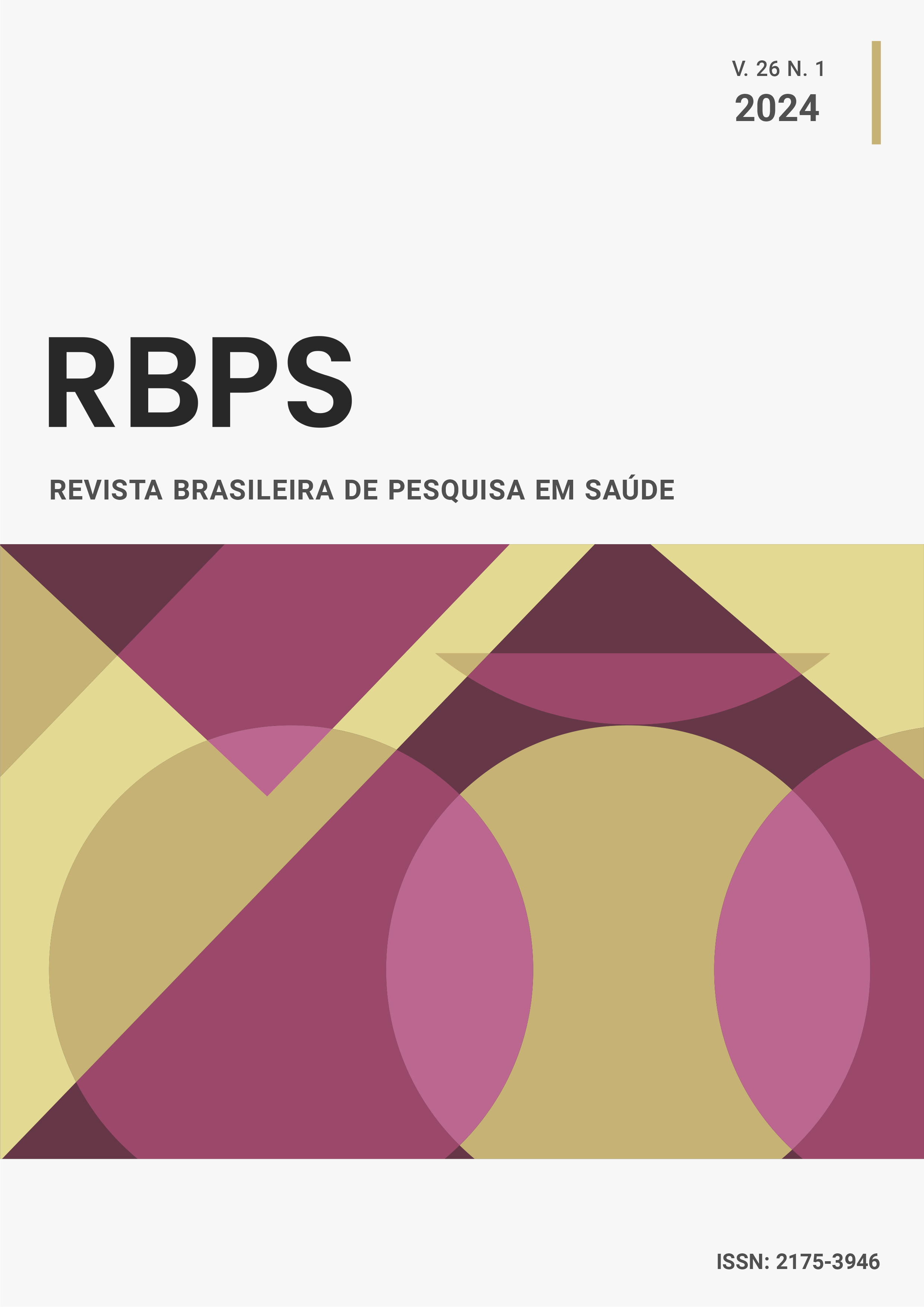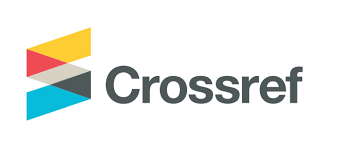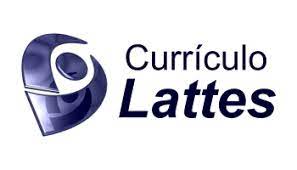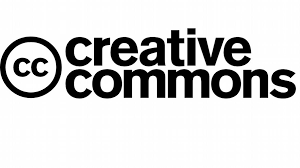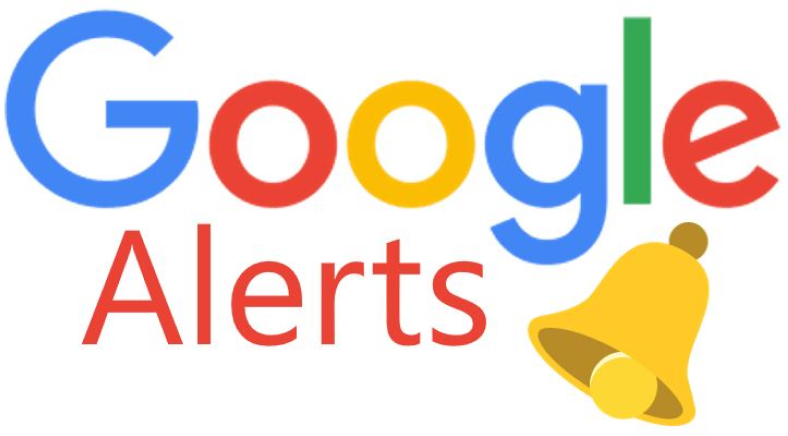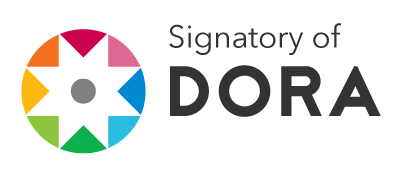Atlas of neuroradiological signs
DOI:
https://doi.org/10.47456/rbps.v26i1.46240Keywords:
Neuroimaging, Tomography, Magnetic Resonance ImagingAbstract
Introduction: The language of radiology is rich in image descriptions, often metaphorical, commonly used in daily practice. These “classic signs” provide a mental impression of the image, and their recognition aids in developing diagnostic hypotheses and imaging reasoning. In neuroradiology, these signs can indicate a wide range of conditions, such as tumors, strokes, demyelinating diseases, traumatic injuries, infections, developmental disorders, and more. Objectives: This atlas aims to serve as a reference and enhancement not only for radiology professionals but also for assisting physicians, covering the main characteristics of each sign, its importance in clinical practice, and its imaging findings. Methods: We collected and analyzed imaging exams performed at Cassiano Antônio Moraes Hospital (HUCAM), Federal University of Espírito Santo (UFES), Brazil, from patients treated between 2016 and 2024, with consultation of medical records and other diagnostic tests for clarification. Results: The developed atlas serves as a resource for consultation and improvement for radiology professionals and assisting physicians. Conclusion: This work contributes to the proper recognition of neuroradiological signs and their differential diagnoses, thus expanding medical knowledge for more precise imaging identification and targeted diagnostics.
Downloads
References
Chavhan GB, Shroff MM. Twenty classic signs in neuroradiology: A pictorial essay. Indian J Radiol Imaging [Internet]. 2009 [cited 2024 Jul 15];19(2):135-45. Available from: https://pubmed.ncbi.nlm.nih.gov/19881070/ DOI: https://doi.org/10.4103/0971-3026.50835
Tomsick T, Brott T, Barsan W, Broderick J, Haley EC, Spilker J, et al. Prognostic value of the hyperdense middle cerebral artery sign and stroke scale score before ultraearly thrombolytic therapy. AJNR Am J Neuroradiol [Internet]. 1996 [cited 2024 Jul 15];17(1):79-85. Available from: https://pubmed.ncbi.nlm.nih.gov/8770253/
Horsburgh A, Kirollos RW, Massoud TF. Bochdalek’s flower basket: applied neuroimaging morphometry and variants of choroid plexus in the cerebellopontine angles. Neuroradiology [Internet]. 2012 [cited 2024 Jul 15];54(12):1341-6. Available from: https://pubmed.ncbi.nlm.nih.gov/22777194/ DOI: https://doi.org/10.1007/s00234-012-1065-1
Demchuk AM, Dowlatshahi D, Rodriguez-Luna D, Molina CA, Blas YS, Dzialowski I, et al. Prediction of haematoma growth and outcome in patients with intracerebral haemorrhage using the CT-angiography spot sign (PREDICT): a prospective observational study. Lancet Neurol [Internet]. 2012 [cited 2024 Jul 15];11(4):307-14. Available from: https://pubmed.ncbi.nlm.nih.gov/22405630/ DOI: https://doi.org/10.1016/S1474-4422(12)70038-8
Prasad S, Rossi M. The hot cross bun sign: A journey across etiologies. Mov Disord Clin Pract [Internet]. 2022 [cited 2024 Jul 15];9(8):1018-20. Available from: https://pubmed.ncbi.nlm.nih.gov/36339309/ DOI: https://doi.org/10.1002/mdc3.13596
Biotti D, Durupt S. A trident in the brain, central pontine myelinolysis: Figure. Pract Neurol [Internet]. 2009 [cited 2024 Jul 15];9(4):231-2. Available from: https://pubmed.ncbi.nlm.nih.gov/19608774/ DOI: https://doi.org/10.1136/jnnp.2009.182469
Virapongse C, Cazenave C, Quisling R, Sarwar M, Hunter S. The empty delta sign: frequency and significance in 76 cases of dural sinus thrombosis. Radiology [Internet]. 1987 [cited 2024 Jul 15];162(3):779-85. Available from: https://pubmed.ncbi.nlm.nih.gov/3809494/ DOI: https://doi.org/10.1148/radiology.162.3.3809494
Gröschel K, Kastrup A, Litvan I, Schulz JB. Penguins and hummingbirds: Midbrain atrophy in progressive supranuclear palsy. Neurology [Internet]. 2006 [cited 2024 Jul 15];66(6):949-50. Available from: https://pubmed.ncbi.nlm.nih.gov/16567726/ DOI: https://doi.org/10.1212/01.wnl.0000203342.77115.bf
Hussain M, Al Damegh S. Food signs in radiology. Int J Health Sci (Qassim) [Internet]. 2007 [cited 2024 Jul 15];1(1):113-7. Available from: https://pubmed.ncbi.nlm.nih.gov/21475464/
Downloads
Published
How to Cite
Issue
Section
License
Copyright (c) 2024 Brazilian Journal of Health Research

This work is licensed under a Creative Commons Attribution-NonCommercial-NoDerivatives 4.0 International License.
Authors and reviewers must disclose any financial, professional, or personal conflicts of interest that could influence the results or interpretations of the work. This information will be treated confidentially and disclosed only as necessary to ensure transparency and impartiality in the publication process.
Copyright
RBPS adheres to the CC-BY-NC 4.0 license, meaning authors retain copyright of their work submitted to the journal.
- Originality Declaration: Authors must declare that their submission is original, has not been previously published, and is not under review elsewhere.
- Publication Rights: Upon submission, authors grant RBPS the exclusive right of first publication, subject to peer review.
- Additional Agreements: Authors may enter into non-exclusive agreements for the distribution of the RBPS-published version (e.g., in institutional repositories or as book chapters), provided the original authorship and publication by RBPS are acknowledged.
Authors are encouraged to share their work online (e.g., institutional repositories or personal websites) after initial publication in RBPS, with appropriate citation of authorship and original publication.
Under the CC-BY-NC 4.0 license, readers have the rights to:
- Share: Copy and redistribute the material in any medium or format.
- Adapt: Remix, transform, and build upon the material.
These rights cannot be revoked, provided the following terms are met:
- Attribution: Proper credit must be given, a link to the license provided, and any changes clearly indicated.
- Non-Commercial: The material cannot be used for commercial purposes.
- No Additional Restrictions: No legal or technological measures may be applied to restrict others from doing anything the license permits.

